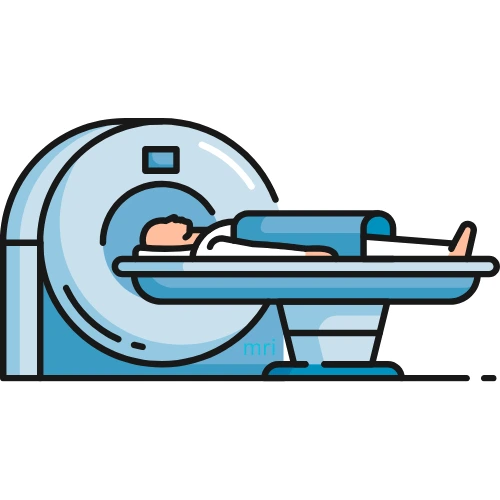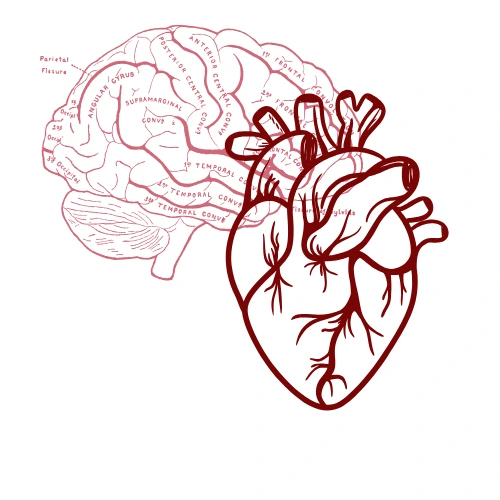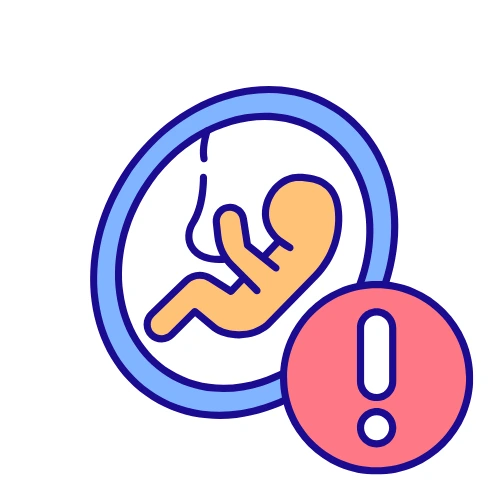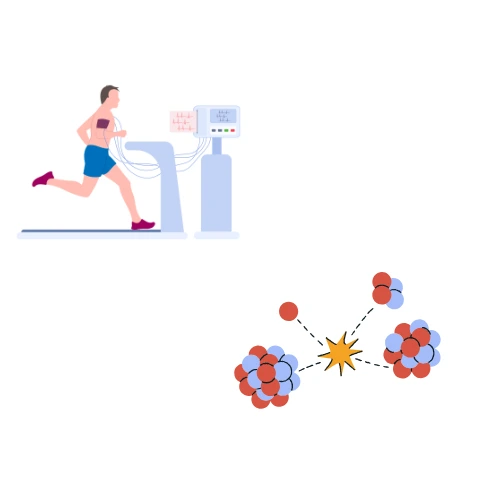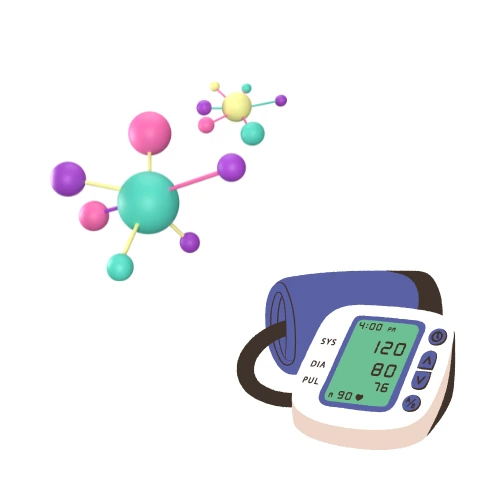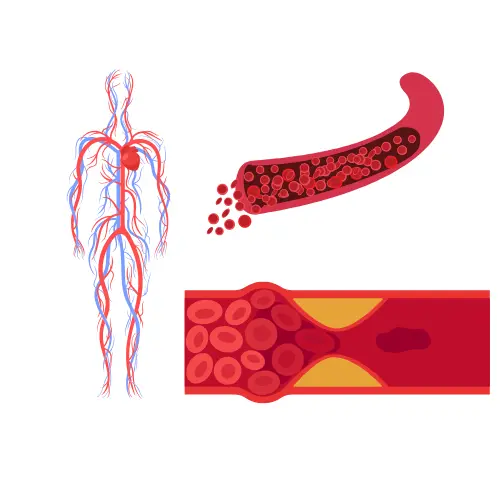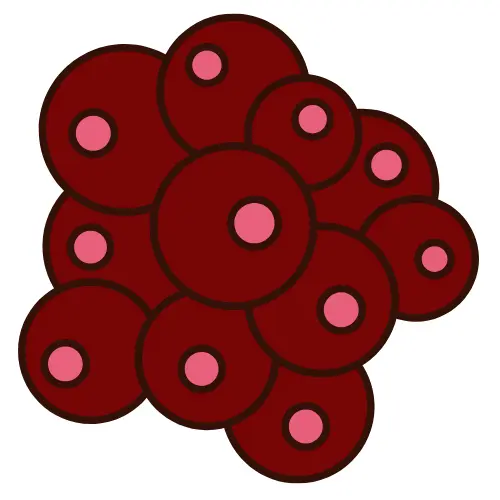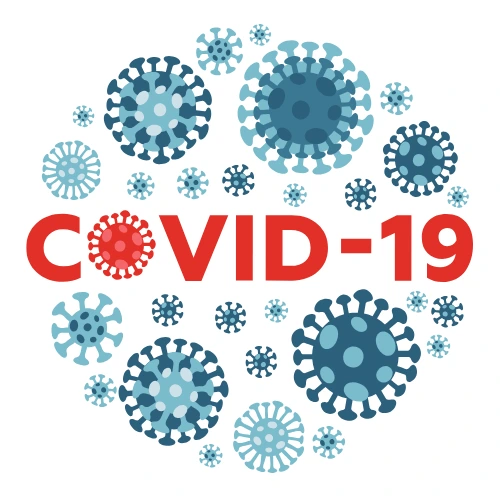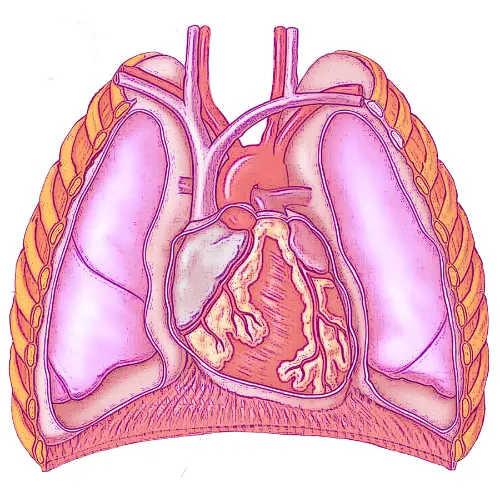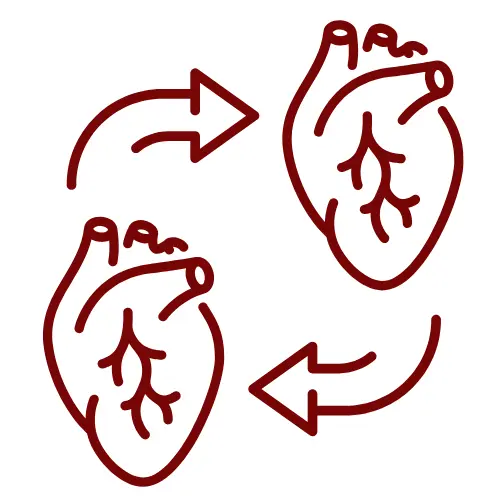Stroke Interventions & Carotid Stenting
Management of strokes is important in the prevention of long-term disability and has good outcomes for the stroke victim. The two types of strokes include ischemic stroke, caused by blockage of blood flow through blood vessels that supply the brain, and hemorrhagic due to bleeding in or near the brain. In time, because brain tissue does not take minutes without enough blood supply to become permanent, early treatment is recommended.
For ischemic stroke, tPA is usually considered the first-line intervention for clots; it breaks apart the clot and reinstates blood flow. But with this, it’s really only useful within a certain time window, so they can give it if within 3 to 4.5 hours after when the patient started feeling something wrong. If not good enough, or patients got to them after such timeline, then mechanical thrombectomy might be in store. The least invasive procedure involves the physical removal of the clot within the artery by inserting a catheter to restore circulation.
Carotid stenting is an intervention that has been specifically designed to prevent strokes by dilating the carotid arteries. The condition, atherosclerosis, narrows the carotid arteries; this procedure is performed via insertion of a catheter from the femoral artery that goes to the carotid artery, and thereafter, a small mesh tube or stent is delivered into the artery to allow more blood flow to the brain. This procedure is most commonly performed under local anesthesia and could be an option for patients who are at higher risk for complications with carotid endarterectomy, a much more invasive procedure that requires the surgical removal of the plaque from the artery.
In reality, a multidisciplinary team effort between neurologists, interventional radiologists, and vascular surgeons will have to be applied to intervene during both stroke treatments and carotid stenting. Studies and new developments with improved technology continue to mold both interventions for improved outcomes with decreased burden from disability among stroke patients.
Get In Touch
Other Sessions
Related Topics
- International Conference on Stroke Interventions & Carotid Stenting
- Stroke Interventions & Carotid Stenting Virtual Conferences
- Stroke Interventions & Carotid Stenting Webinars
- Stroke Interventions & Carotid Stenting Congress 2025
- Stroke Interventions & Carotid Stenting Congress 2025
- Stroke Interventions & Carotid Stenting Conference
- Stroke Interventions & Carotid Stenting Events
- Global Conference on Stroke Interventions & Carotid Stenting
- International Conference on Stroke Interventions & Carotid Stenting
- Stroke Interventions & Carotid Stenting Conferences 2025
- Stroke Interventions & Carotid Stenting Conferences
- Stroke Interventions & Carotid Stenting Conference 2025
- Stroke Interventions & Carotid Stenting Congress
- Stroke Interventions & Carotid Stenting Meetings
- Stroke Interventions & Carotid Stenting Workshops
- Stroke Interventions & Carotid Stenting Virtual Conferences


